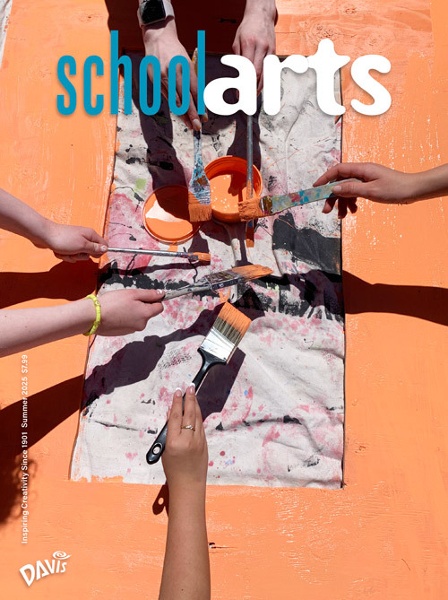Artist Birthday: Marisol
Marisol Escobar was one of the few women artists’ names associated with Pop Art. While she was renowned for her sculptures of celebrities and politicians, her anonymous figure sculptures contain ...
Read MoreMarisol Escobar was one of the few women artists’ names associated with Pop Art. While she was renowned for her sculptures of celebrities and politicians, her anonymous figure sculptures contain ...
Read MoreAntonio Frasconi is an internationally known woodcut artist. He has published hundreds of prints and illustrated many books. Although much of his work has registered political protest, his subjects ra ...
Read MoreThe complex linear patterns in MacEntyre's Generative Paintings were reminiscent of the nautilus designs of Leonardo Fibonacci (1175–1250), an Italian mathematician, whose designs were based on ...
Read MoreAlfredo Jaar is an installation artist whose work is conceptual and documents injustice, genocide, ongoing famine, and other major afflictions to humanity in many parts of the world. ...
Read MoreAs with portraiture in mainland Spanish colonial cultures, wealthy Puerto Ricans emulated their European counterparts in the never-ending obsession of Spanish colonials that they were “pure Span ...
Read MoreIn 1941 Mérida was invited to teach frescoes at the University of Austin in Texas. He remained there two years. Tempo in Red Major dates from that visit. It certainly reflects, in its title the ...
Read MoreThanksgiving in the United States is meant to be a day when we express gratitude for our blessings. I am still grateful for the doctors and nurses who valiantly served our communities during the pande ...
Read MoreIn case you have any doubt that the heritage of ancient cultures from Central and South American has endured to the present day, all one has to do is look at the influences of ancient art on contempor ...
Read MoreIn a recent conversation with another artist, the subject of immigration came up. She reminded me that the term “we are all immigrants,” when used in countries in the Western Hemisphere, i ...
Read MoreLike graphic artists in Mexico during the mid-1900s, Antonio Frasconi was a tireless chronicler of poor and underserved people—first depicting those of Uruguay, where he was raised, and later am ...
Read MoreWant to know what’s new from Davis? Subscribe to our mailing list for periodic updates on new products, contests, free stuff, and great content.
We use cookies to improve our site and your experience. By continuing to browse our site, you accept our cookie policy.
Find out more.

Our new issue is out, and it's all about INNOVATION. Art teachers share new and exciting art-making experiences in and outside the art room.
Read More